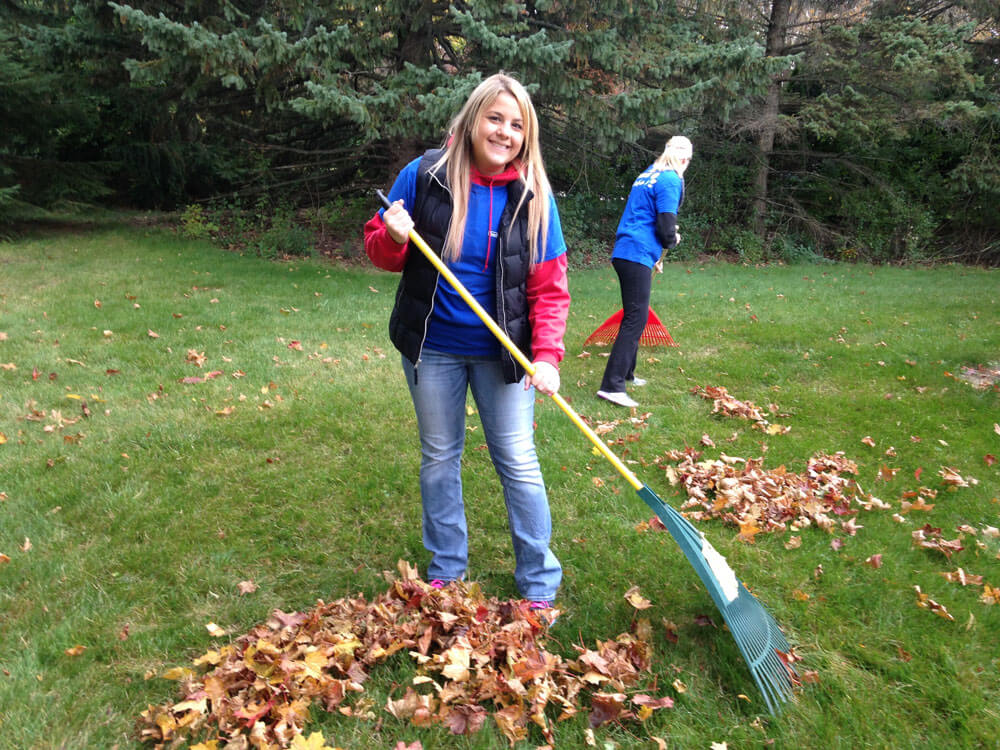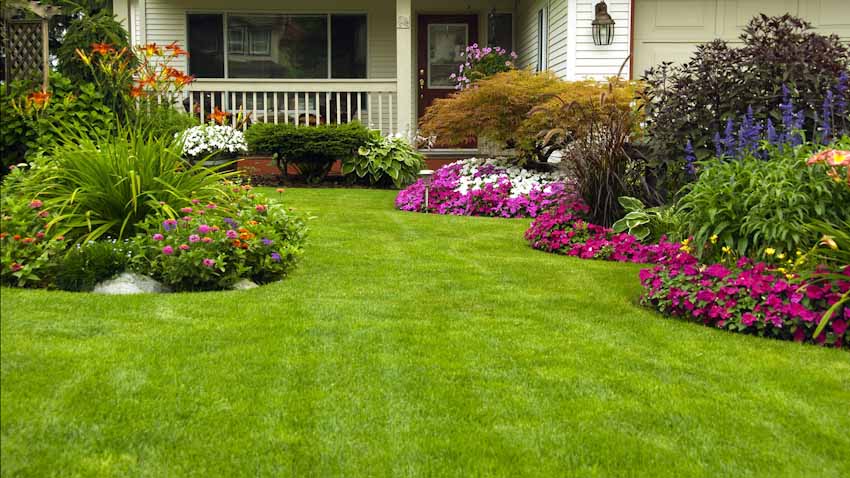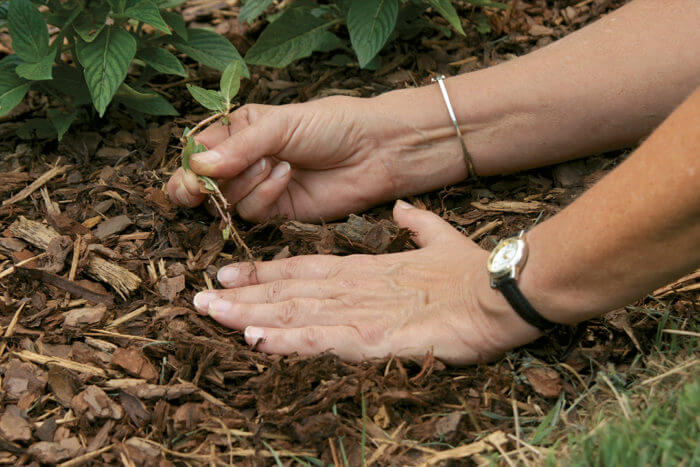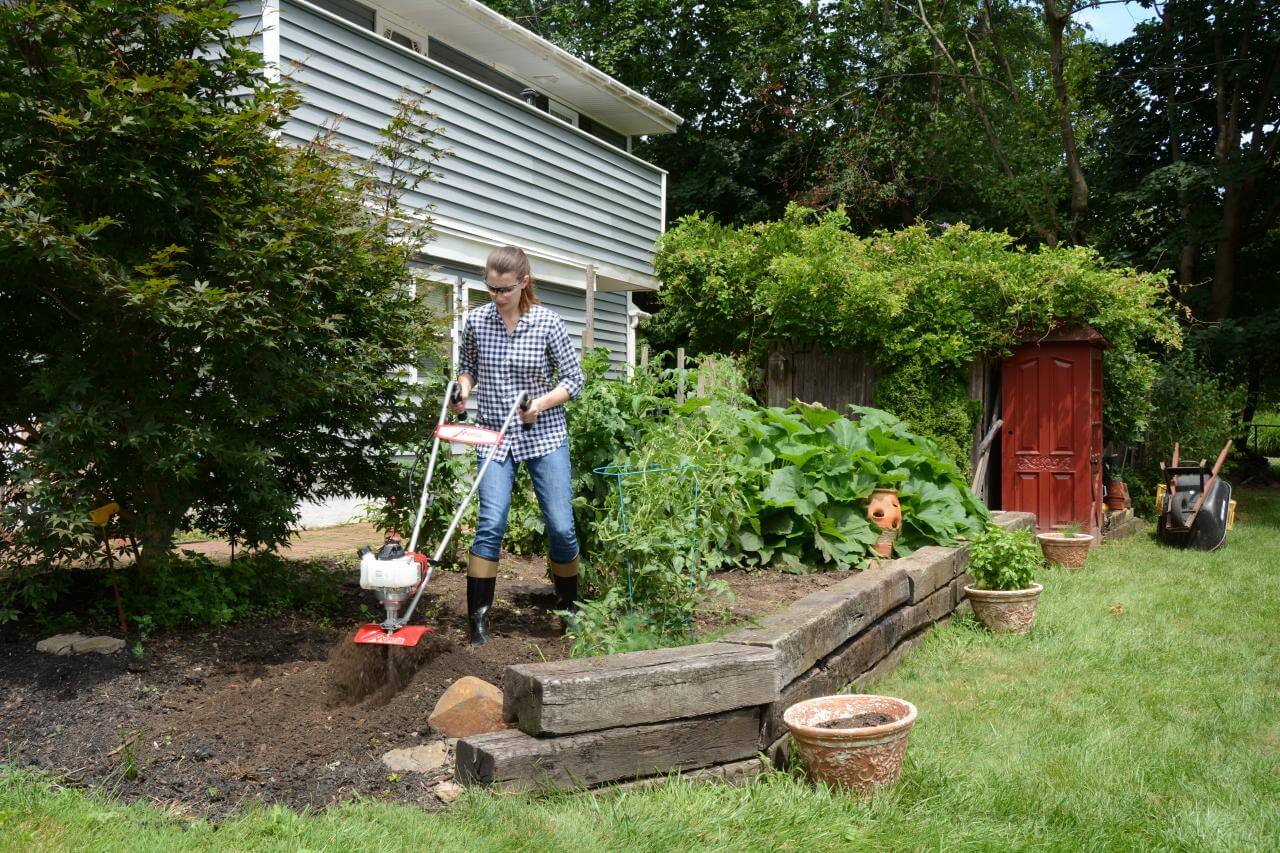
Gardens are a piece of art that you can view from the ground or air. Yard maintenance is an art form in its own right and can be a complicated process, but there are many ways to make it easier on yourself! With summer coming soon, you might want to start planning now to watch movies on Solarmovie but getting outdoors might be more fun.
A well-maintained yard can be a thing of beauty. But, unfortunately, the upkeep and maintenance of your garden, lawn, or trees are not always so easy to keep up with. In the backyard, there is plenty of work that needs to be done. From weeding and watering plants to pruning trees, it can seem like a never-ending task. The good news is this list should help you get started. Here are ten tips to help you maintain your lush green garden:
1. Keep your yard clean:

Keeping it clean is the first and most challenging step to maintaining your yard. Your neighborhood association may have regulations regarding how to plant certain plants or keep your lawn looking a certain way. In addition, the constant weeding that comes with growing flowers, trees, and vegetable plants can be a pain if you don’t keep up on them. Be sure to keep your lawn clean and free of weeds, as well as any dead leaves or branches that may have fallen off from trees. You may be tempted to leave these natural things there, but it can lead to insects and other problems.
2. Color your yard:

Plant flowers and bushes amidst your Garden and grass to make it more attractive. If your yard is mostly grass or just dull, consider adding some new types of plants to brighten it up. You can purchase many different trees and flowers, such as fruit trees, flowerpots, or herbs. It may take some time for them to grow, but it helps to spice up your yard in an instant! Planting grass in your yard is a big chore, but some alternatives still provide interest and colorful appeal if you don’t want to use sod. Try planting flowers instead of grasses to create an explosion of color that only requires occasional weeding and watering.
Try adding new plants to brighten up your yard – there are many types from which you can choose – trees, flowerpots, or herbs. It may take some time for them to grow, but it helps to spice up your yard in an instant!
3. Don’t let weeds get out of control:

If there’s one thing that you should never let get out of control, it’s weeds. Even if they look pretty and add some color to your garden, plants like dandelions are nuisances. If you let these wildflowers go too long without pruning them or weeding them out, then they will take over the entire area.
4. Stay on top of the weeds:
Weeds can pop up at any time during the growing season. Unfortunately, they are also known to come back year after year unless you get rid of them properly. You can be time-consuming, but it’s essential. By taking a small amount of time each week to weed your garden and pull back the weeds, you’ll keep everything looking beautiful.
5. Learn to love weeding:
Weeds are not always bad for your garden; they can help to aerate and add nutrients to your soil. However, too many weeds can crowd out the good flowers and plants you’ve chosen (especially if they were expensive ), so it’s best to keep them in check if you’re trying to grow a lush garden.
6. Watering:
Your yard needs at least an inch of water per week to keep the greenery lush and healthy-looking. You don’t want to go overboard because too much water can be a terrible thing for your plants! The best way to ensure that your yard is getting enough water is by purchasing a rain gauge. It will let you know precisely how much water your plants are getting, so you don’t over-water them! Save water by caring for your garden in advance. It may seem like common sense, mainly because we are constantly being warned about the limited amount of freshwater available globally. However, some people forget that watering and fertilizing your garden isn’t something to be done only when you notice a problem. If the weather has been dry in your area recently, then it’s a good idea to give the garden some water or nutrients before it becomes an issue. Water plants in the morning or evening so they don’t dry out too quickly
7. Start a compost pile to recycle yard waste:
Instead of throwing away every leaf or twig you sweep up in your yard, put it in a compost pile for later use. The decomposing matter will provide rich nutrients for your flowerbeds, while you can use the unusable waste to fertilize other plants around the neighborhood!
8. Add mulch to help with soil moisture retention:

You can often buy mulch from home improvement stores or nurseries, but you can save money by making your yard and garden waste. Mulches help the soil retain moisture and reduce weeds; there are many ways to do this, including layering leaves at the base of flowers or plants, using natural wood bark, or layering newspapers to cover the soil. Next, mulch your plants: Mulching is an excellent way to retain moisture in your soil, protect against weeds and diseases, and help keep your garden looking tidy! Stop by the local gardening or home improvement center to get mulch that’s perfect for your needs. Finally, use a mulch to prevent weeds and keep the soil moist: Mulch helps prevent weeds from growing up in your garden and works as a fertilizer for the ground it covers. It also helps keep moisture locked in, preventing your plants from drying out too quickly during the summer months.
Conclusion
With the above tips, you will maintain a thriving garden filled with blooming flowers and greenery. Keep your yard looking neat by trimming bushes. Maintain a good balance of trees and shrubs in your yard for shade and Clean up any fallen leaves or branches on the ground. This way you might not need to depend on Honeywell thermostats for having a balanced temperature. Finally, plant flowers in strategic locations to provide color during all seasons of the year, attracting bees, butterflies, and hummingbirds for a life-filled yard and flourishing flowers.
Emily Hawthorne
Related posts
Stay connected
Today's pick
- Things to Remember While Designing Your Custom Modular Kitchen in GurgaonGurgaon now known as Gurugram is the second largest city in the state of Haryana and is a reflectiossn of an ideal modern city with futuristic goals. Witnessing rapid urbanization, it has also emerged as a hub for contemporary homes, with homeowners seeking innovative and... The post Things to Remember While Designing Your Custom Modular […]
